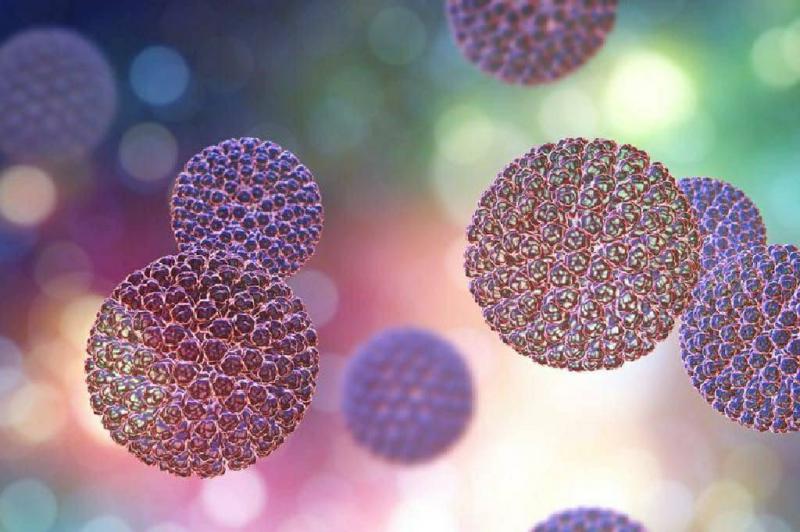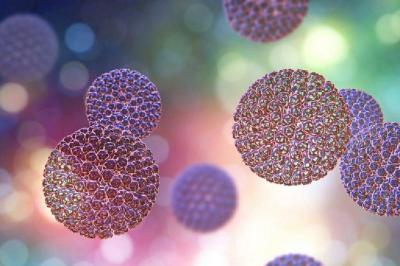A stunning new video has showcased human RNA in a way never seen before. The human body contains trillions of different cells, each housing the building blocks of life. For the first time, a study has uncovered how some of these essential building blocks operate. Researchers from Northwestern University claim to have created the first ever video based on data revealing how RNA molecules fold and twist to fit themselves inside human cells.
The lead author of the study, Dr. Julius Lux, states: "The process of RNA folding is a fundamental dynamic process of life. RNA is a crucial part of the diagnostic and therapeutic design of the human biological system. The more we understand about the complexities and processes of RNA folding, the better we can design future genetic and hereditary therapies." The research team notes that understanding how RNA functions within cells could open the door to treatments targeting RNA-related diseases, which include various conditions such as spinal muscular atrophy and even new strains of the coronavirus.
Using data generated from experiments investigating RNA folding processes, the new study produced a series of snapshots depicting how RNA folds as a "mechanism" for building new molecules in the cell. Researchers discovered that RNA often folds itself into sudden knots and then links itself in a way to achieve its final structure. Dr. Lux adds, "These folding processes happen in your body more than 10 quadrillion times per second; they occur each time a gene is expressed in a cell. However, we know very little about them. But the video we produced will allow us to see these folding processes happen for the first time."
During their study, Dr. Lux and his team mapped foldable patterns for a human RNA molecule known as SRP, which appears in all kingdoms of life, from animals to plants and fungi. The study's authors noted that the SRP molecule is famously shaped like a hairpin. Through the new video, researchers observed the SRP molecules' ability to tie itself into knots and then untie themselves just as quickly, while the molecule flips into its hairpin-like shape using a folding method called foot-in-the-door displacement.
Dr. Lux concludes his statement by saying: "To our knowledge, this has never been seen before in nature, and we believe that RNA has evolved to untie itself from knots because if the knots persist, it could lead to dysfunction. Achieving this structure is so essential for life that it had to evolve a method to escape those knots."




